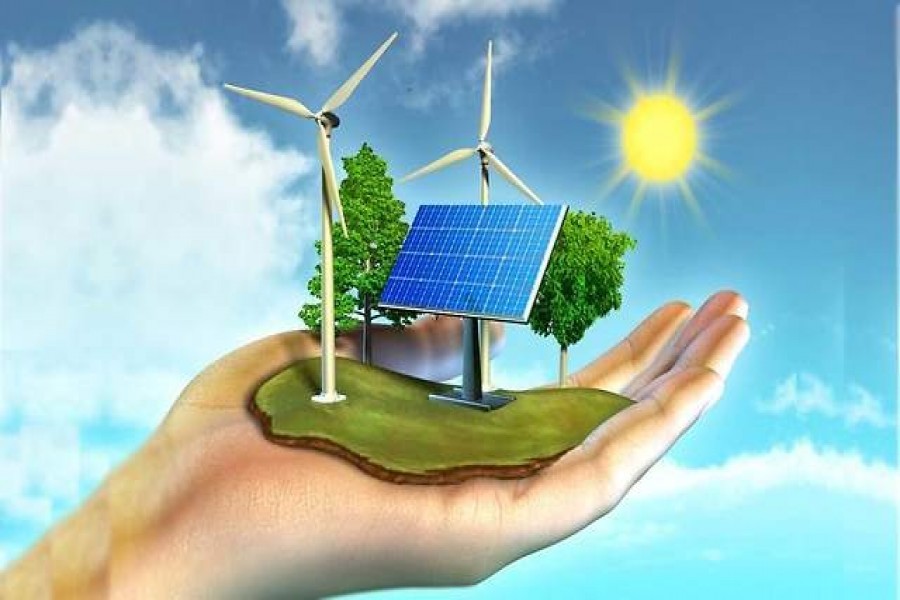Capacity-wise, the existing power plants of the country can produce and supply more electricity than there is a demand for. The surplus power thus created, according to an estimate, is 37 per cent, whereas the limit for surplus power should be at a maximum of 15 per cent to maintain a standard reserve margin. In fact, overcapacity is a burden on the economy, for every year the government has to pay a huge sum of money from the public exchequer to keep the plants from producing excess power. An international research group on energy finance, in a review published in May this year, showed that in FY 2018-19, Bangladesh's overall capacity utilisation was 43 per cent. As such, the government had to pay a compensation to the tune of Tk 90bn (USD1.1b) to keep the surplus units idle.
With the pandemic-induced shutdowns, the quantity of surplus power has further increased as power utilisation has reduced sharply following businesses and industries practically coming to a standstill. There is also an added burden of the huge subsidy the Bangladesh Power Development Board (BPDB) has to pay to keep power tariff low enough for the consumers. In this context, the disclosure of the state minister for power in the Jatiya Sangsad last February on this issue is worth noting. He put at Tk 522.60 billion the total cost burden in the form of subsidy that the government had to bear over the past 10 years.
Coming down to the unit cost of power, as it (electricity) reaches the Bangladesh Power Development Board (BPDB)'s supply line, the cost (at bulk level) stands at Tk 5.82. Whereas, its average per unit (bulk) sales price is Tk 4.80. Clearly, the gap between production cost and sale price of power accumulates over the years. Understandably, the cost burden that the government has to bear compels it to adjust power tariff from time to time much to the dismay of the public. However, such adjustments, which actually raises the tariff further, is not a solution to the issue. Critics often point to corruption, system loss rooted in porous distribution infrastructure, inefficient use of power and so on for all the problems. And the blame for this mismatch in the power regime is often put on its existing management system called 'emergency management basis', which has been in practice since early 2010s. An alternative may be to go for 'market-led management.' Efficient management of power at the distribution end, though crucial, is not the panacea. So, for a meaningful answer to the problem of surplus capacity and high cost of production, the policymakers need to turn their attention to a shift in the mode of power production itself.
In fact, power generated from plants run on imported fossil fuels like coal, LNG, oil and gas is inherently expensive. As the country is not blessed with much fossil fuel reserves, a gradual shift towards the greener alternatives like solar power, wind power and power from biomass can be a way out. Given the declining cost of power from solar plants and increasing efficiency of the technology, the idea of such a shift to renewable alternative is now a feasible proposition. As chairman of the Climate Vulnerable Forum, Bangladesh is also pledge-bound to switch to 100 per cent renewable power system by 2050. To this end, the government should begin consultation with its development partners as well as encourage potential investors to invest in this emerging energy sector.


